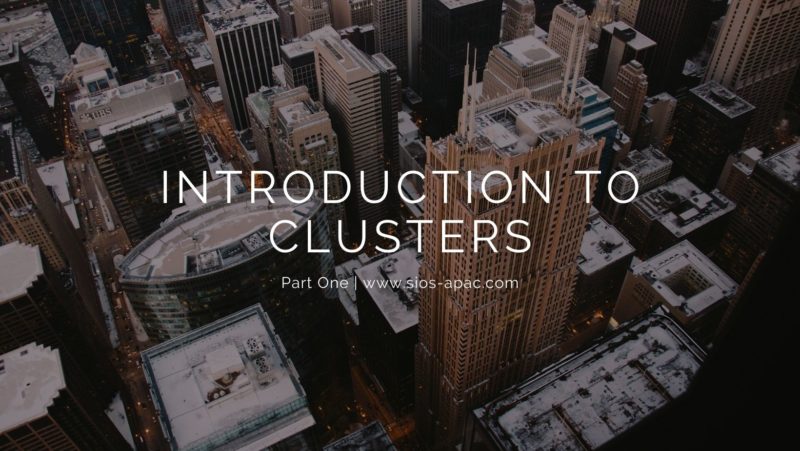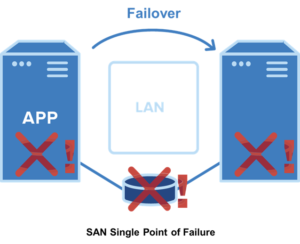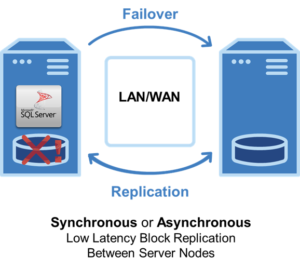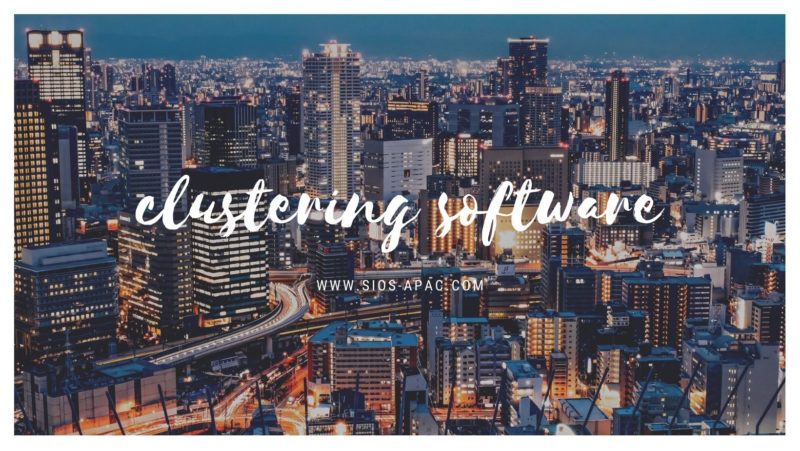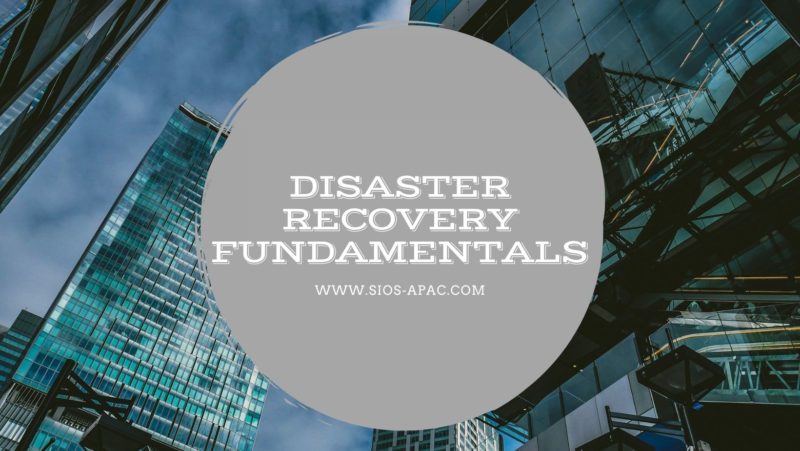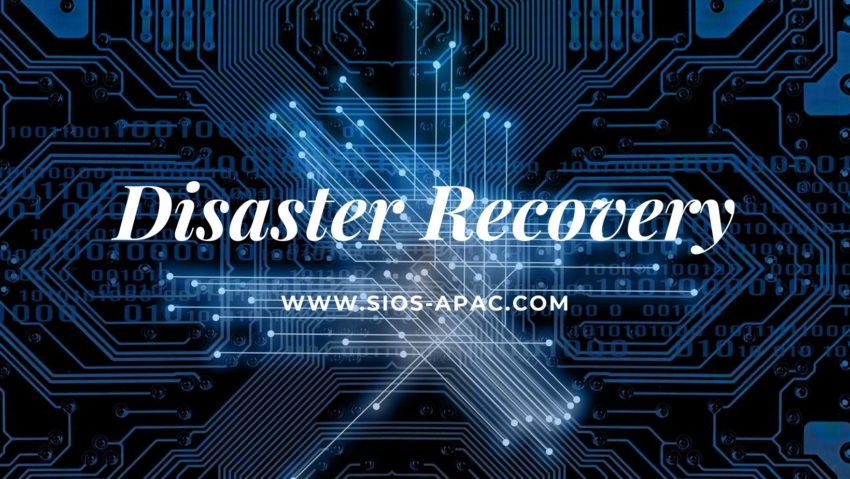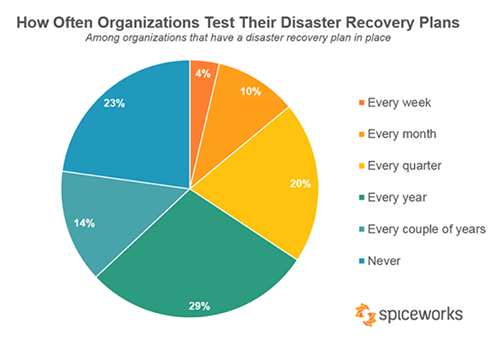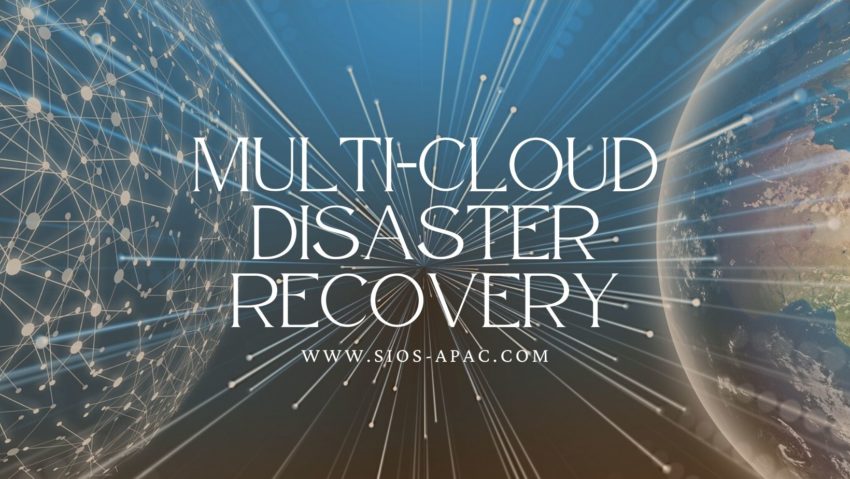| November 18, 2021 |
Introduction To Clusters – Part 1 |
| November 13, 2021 |
Clustering Software for High Availability and Disaster Recovery |
| November 8, 2021 |
Disaster Recovery Fundamentals |
| November 2, 2021 |
Disaster Recovery |
| October 30, 2021 |
Multi-Cloud Disaster Recovery |
